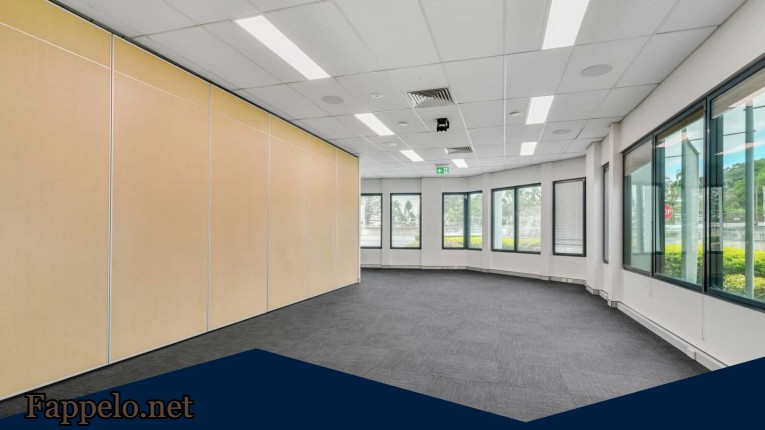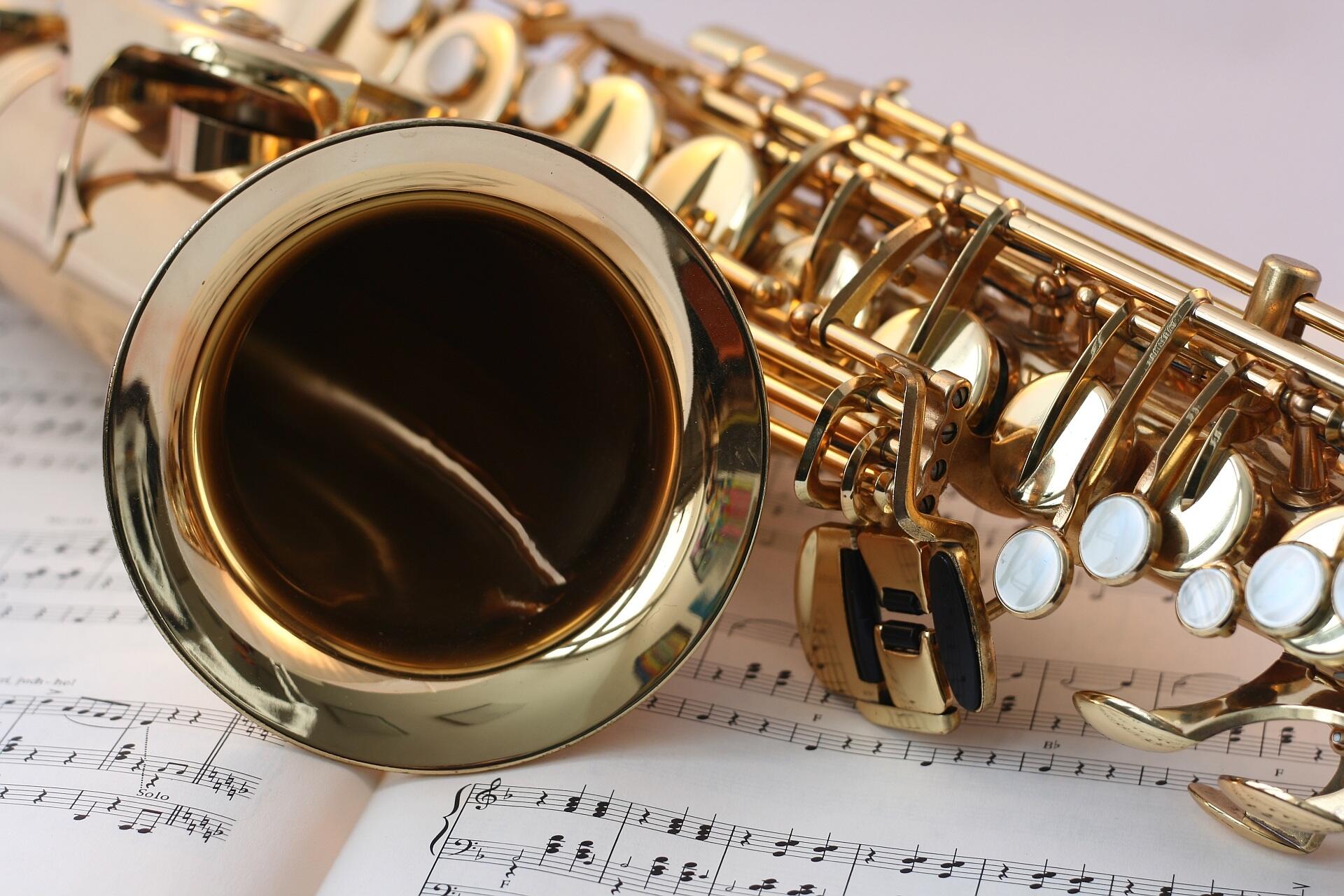Modern facilities need adaptable systems that can respond to evolving requirements. Efficient operable partition solutions let you adjust space boundaries between different areas making them suitable for offices and conference rooms, schools, and commercial buildings. Various spaces benefit from operable partitions that enable enhanced utility of space and improved noise reduction through adjustable privacy limits. The following guide explains operable walls encompassing what they are, the installation process, and their available types.
What Are Operable Walls?
The interior space operation function of movable partitions, known as operable walls, delivers changeable internal layouts. Operable partitions provide different arrangements of interior spaces because they can fold along with the slide and stack into position. Operable wall functions as both space maximizer and design enhancer in commercial interiors.
Key Features of Operable Walls:
- Space Optimization: Allows quick reconfiguration of interiors for different functions.
- Acoustic Control: Operable walls include acoustic features that allow users to achieve an environment through soundproof mechanisms.
- Customizable Designs: These partitions come with adjustable options for materials for finishing and decoration schemes.
- Ease of Use: Operable walls use manual and automatic mechanisms for manual or automated control providing effortless access to open or close the partitions.
Types of Operable Walls
-
Ceiling-Hung Operable Walls on a Track System
These full-length partitions deliver exceptional sound control along with a smooth visual appearance. Such partitions consist of wood or acoustic fabric panels to enhance visual appeal and acoustic noise minimization. Full-height partitions need skilled installation which includes a support beam and a track system because they rest on the ceiling.
-
Wall-Mounted Operable Wall Systems
A cost-effective alternative to ceiling-hung partitions, wall-mounted operable walls do not require a track system or support beams. They are mounted directly to the wall and feature a smooth gliding mechanism on casters, making them easy to operate and set up quickly.
-
Operable Glass Panel Systems
Partitions serve as contemporary separation elements that preserve both vision and sunlight distribution through spaces. Double-glazed glass operable walls function as ceiling-mounted tracking systems providing acoustic performance and visibility capabilities. Both frosted and tinted glass variants create privacy solutions that maintain fashionable architectural appearances.
How Are Operable Walls Installed?
Operable walls require proper installation as the main factor that guarantees both their functionality and their longevity. System installation follows distinct procedures based on design but includes standard practices which are:
Step 1: Site Preparation
- Determine accurate dimensions by making correct measurements for the walls.
- Verify that partition system-supporting capabilities exist both in the ceiling materials and the flooring materials.
Step 2: Track Installation
- Operation guides from tracks are mounted either on floors or ceilings to enable movable panel mobility.
- Whole system alignment guarantees both easy functionality and extended product life.
Step 3: Panel Assembly and Installation
- Track systems are equipped with panels that attach through rollers and guide rails together with hinges to the track system.
- The adjustable features of the panels provide both a perfect fitting and effortless movement.
Step 4: Testing and Finishing
- A complete test examines both system movement and correct positioning.
- The builder can integrate additional sealing materials and insulation to boost acoustic capability.
Maintenance and Care
Operable walls need regular maintenance because it ensures their long-term performance capabilities.
- Clean Tracks and Rollers: Prevent debris buildup for smooth operation.
- Inspect Panels for Damage: Dielectric testing must be conducted on all live circuits before touching any components.
- Lubricate Moving Parts: Owners should apply lubrication to operational pieces to achieve easy functionality.
Sum Up
Building operators find operable walls provide an effective method to control indoor space utilization. Operable walls supply three key features that drive their selection across commercial and institutional buildings. All space transformation requirements can be met through sliding, folding, retractable, or glass partition walls.
FAQS
What are operable walls?
Space adjustment occurs through operable walls which function as movable partitions. These partitions are utilized extensively in professional environments including business offices, meeting areas and venues where flexibility and noise management are essential.
What are movable walls called?
Operating partitions usually go by the name operable walls but also function as partition walls and folding walls. These partitions were created to serve as adaptable systems for managing office spaces, conference rooms and educational facilities.
What is the alternative to operable walls?
OfficePartition systems that combine operable walls consist of fixed partition walls or fabric dividers freestanding acoustic panels and modular office partitions. Alternative solutions deliver different operational capabilities privacy levels and acoustic protection.



